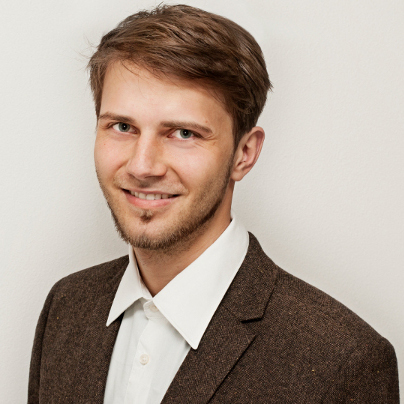Sneezing Simulation
DPMFoam, Lagragian solver without carrier phase coupling
Based on the virus that appears in 2019 in Wuhan and the followed up world crisis, many simulations regarding sneezing and coughing popped out at several social platforms such as LinkedIn, Twitter, or YouTube. This inspired Tobias Holzmann to investigate more into the Lagrangian solvers. The outcome was a sneezing simulation based on the DPMFoam.
Particle distribution is based on a publication. The sneezing velocity was assumed on some articles
The particle distribution was taken from Han et al. (Characterizations of the particle size distribution of the droplets exhaled by a sneeze). The bimodal data set of 20E was used. The given logarithmic equations were used to generate distribution data. These data were exported to OpenFOAM®; set into the kinetmaticCloudProperties. The distribution type in use is »general« while providing the data given in the plot below.
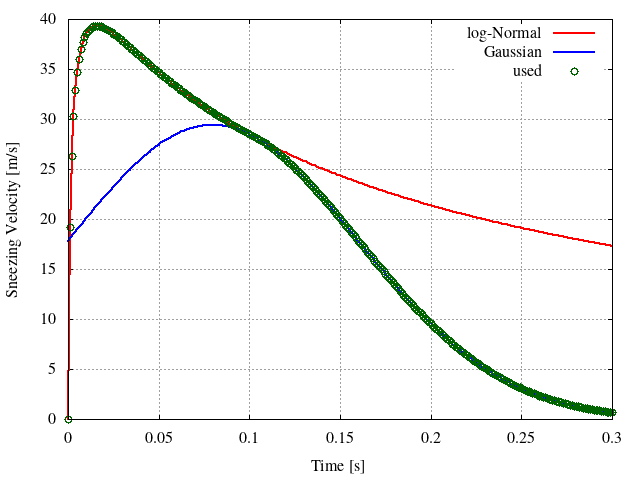
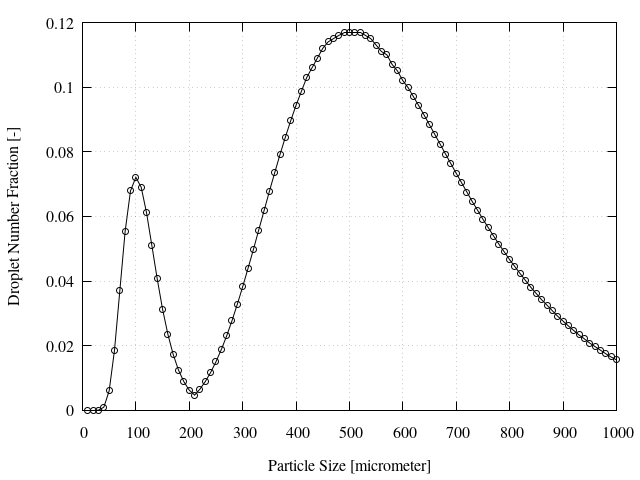
To get a more realistic investigation, the velocity profile was further manipulated. Arbitrary fluctuations were added to the different parts of the velocity vector while keeping the magnitude of the velocity conserved. For this purpose, the codedFixedValue boundary condition was used. The analysis of the video shows the bimodal size distribution as the smaller droplets stay longer at the same place and fall down much slower compared to the larger droplets. Different discussions were performed regarding missing models such as a »break-up« model. However, as the size distribution already incorporates (maybe partially) the break-up of the droplets, the analysis might go into the correct direction..
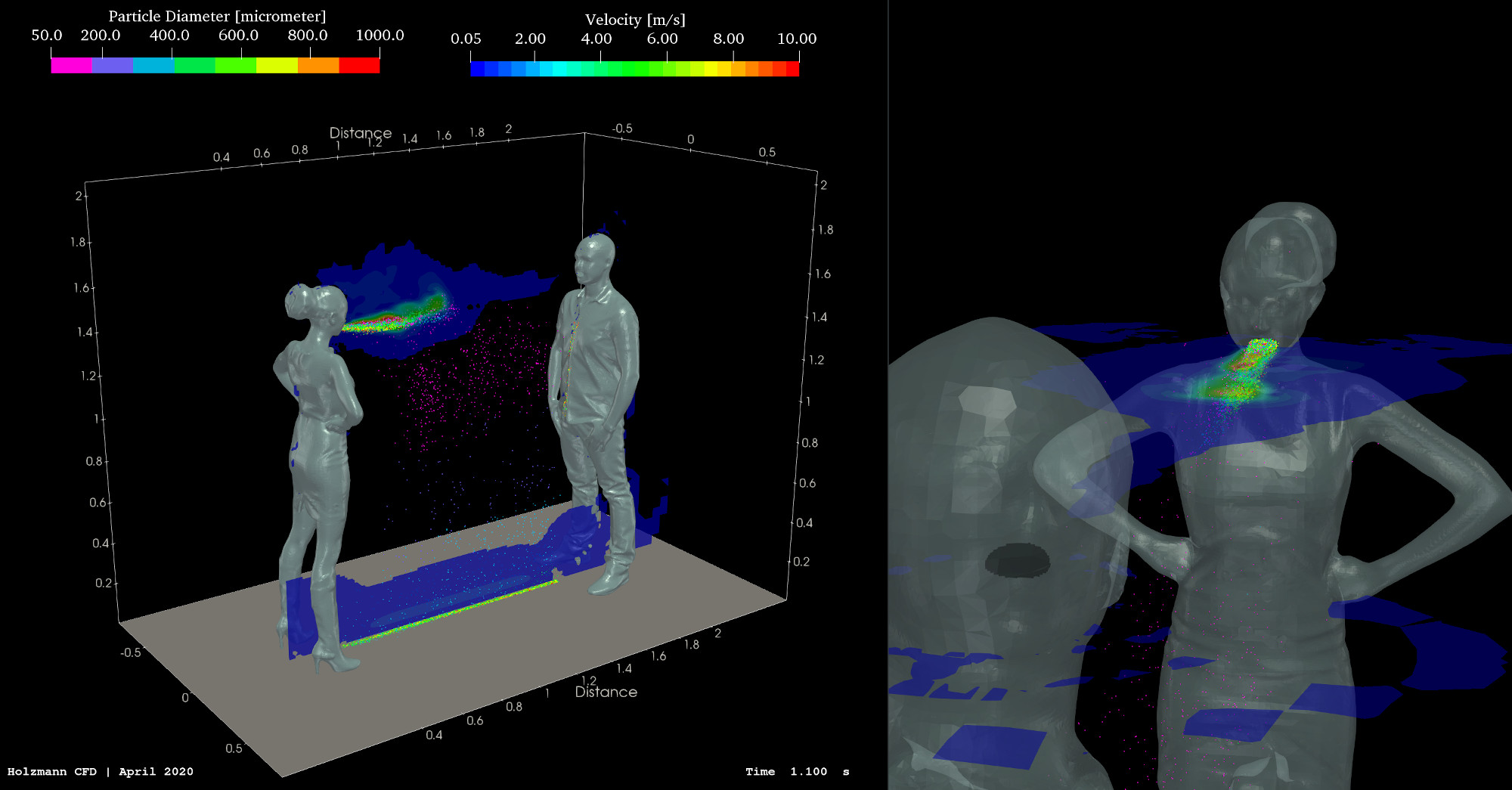

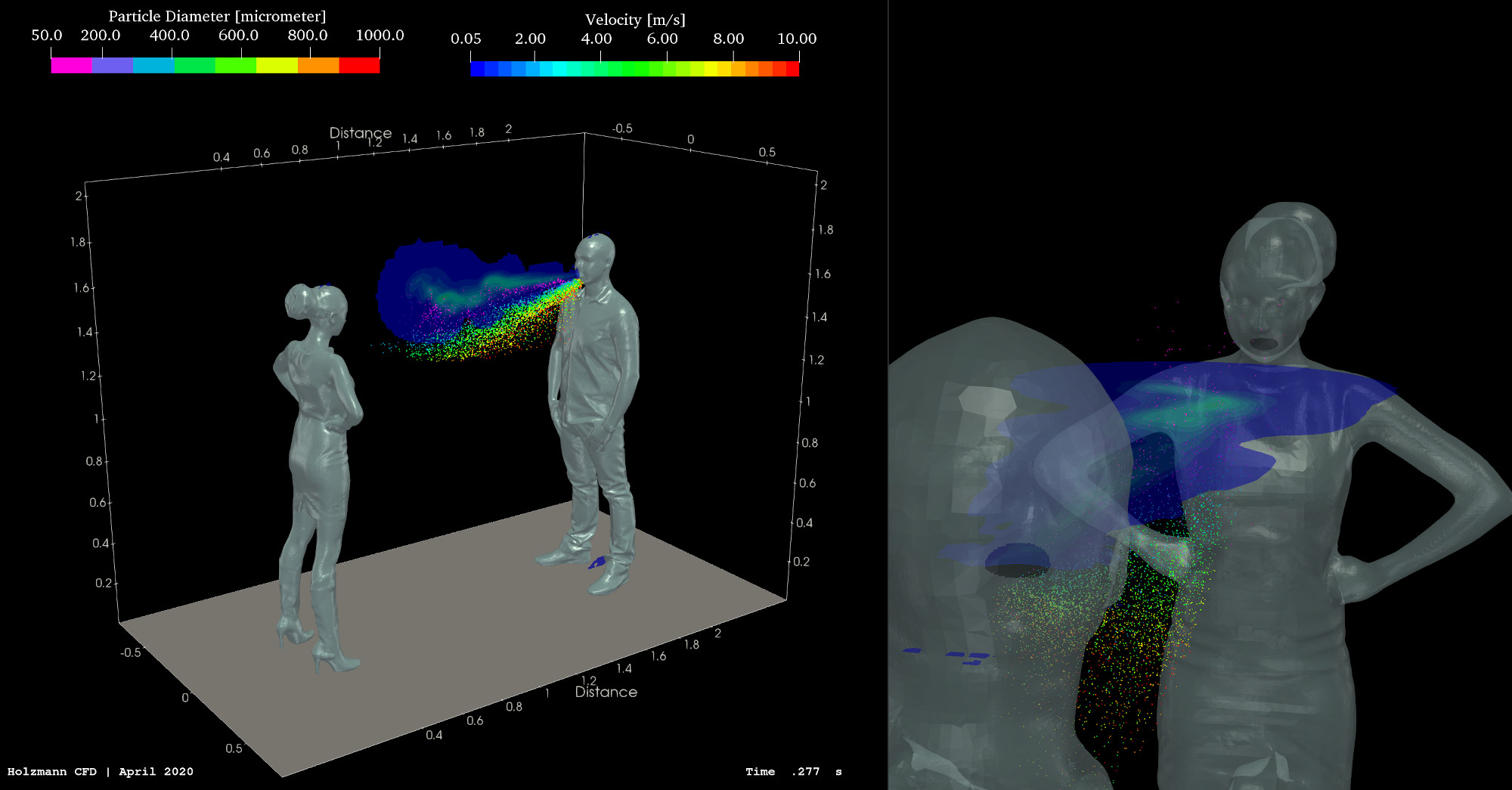
Published under the GNU General Public License 3
Over the last ten years, Tobias tried to publish a wide range of different materials related to OpenFOAM® and CFD. You know it much better than he does if the content is worth to be supported. If you want to thank Tobias for the work he did, feel free to tell the community your opinion about the work Tobias Holzmann is doing or you can email your thoughts directly to »
Support the work of Tobias Holzmann
The available OpenFOAM® training cases are tested and built for different OpenFOAM® versions (not distributions) on a Linux machine. During the tests, only the OpenFOAM Foundation version of OpenFOAM® was used. Furthermore, the following software packages are required for most of the training cases: Salome®, ParaView®, and for optimization tasks, one also needs the open-source software DAKOTA®. The OpenFOAM® cases might work with the ESI version of OpenFOAM® but it is not supported. For the OpenFOAM® extend project, the training cases will probably not work as the code diverged too much. Additionally, there is no support for Windows-based and MAC-based OpenFOAM® versions.
This offering is not approved or endorsed by OpenCFD Limited, producer and distributor of the OpenFOAM software via www.openfoam.com, and owner of the OPENFOAM® and OpenCFD® trade marks
Share the work on Your social network
Tobias would be grateful if you share his work on your social network in order to keep the OpenFOAM® community up to date. Furthermore, sharing the work will avoid that people investigate into topics, that are already prepared for your study such as the examples provided by Tobias Holzmann.


